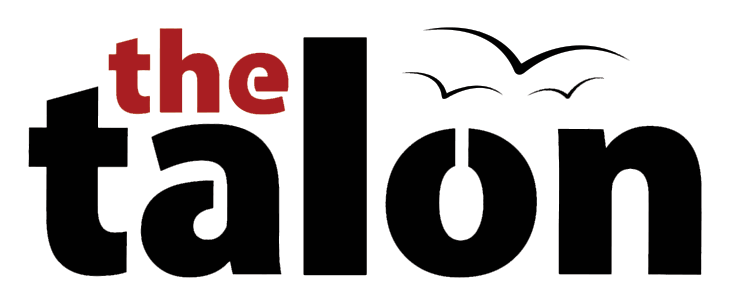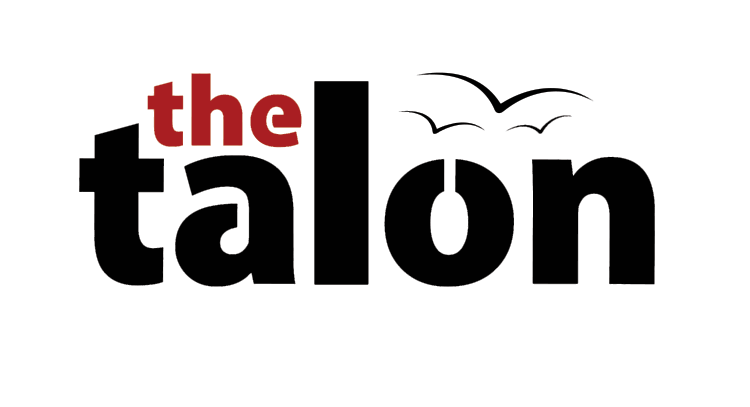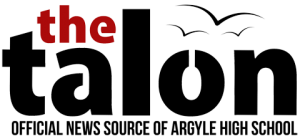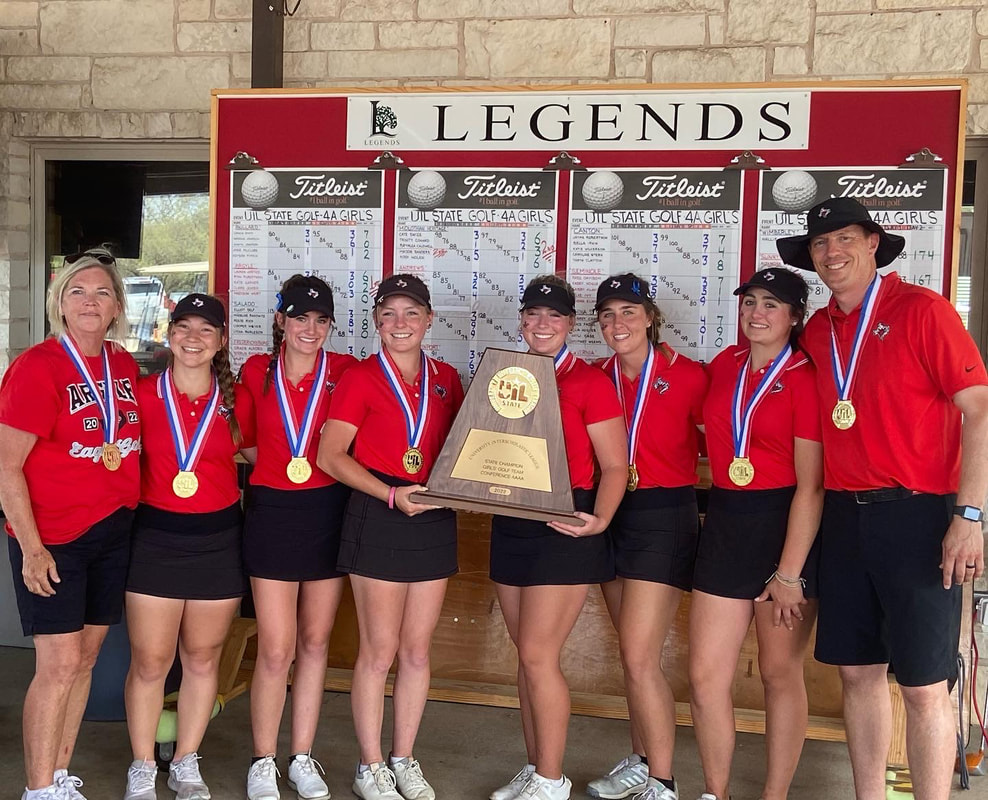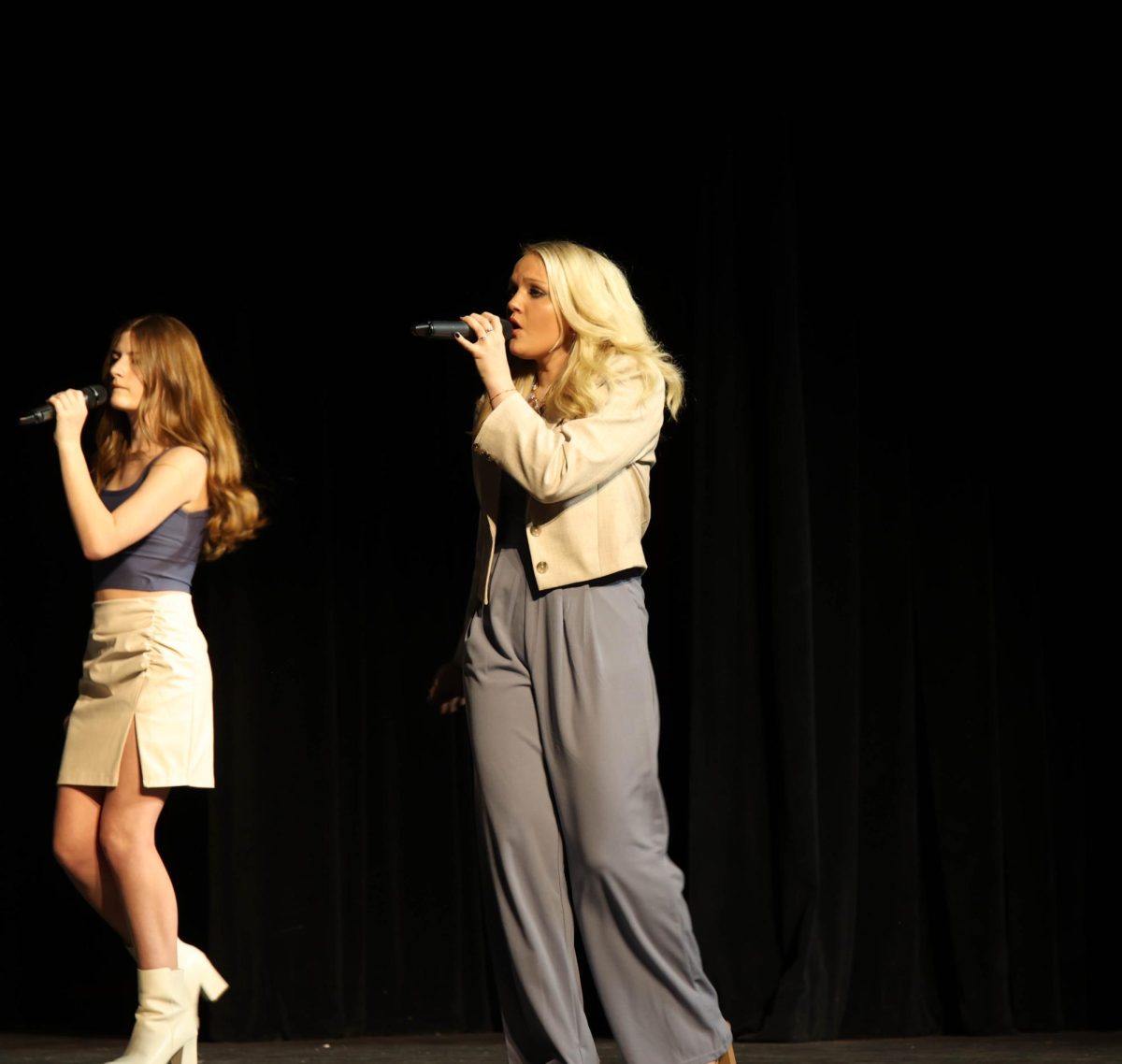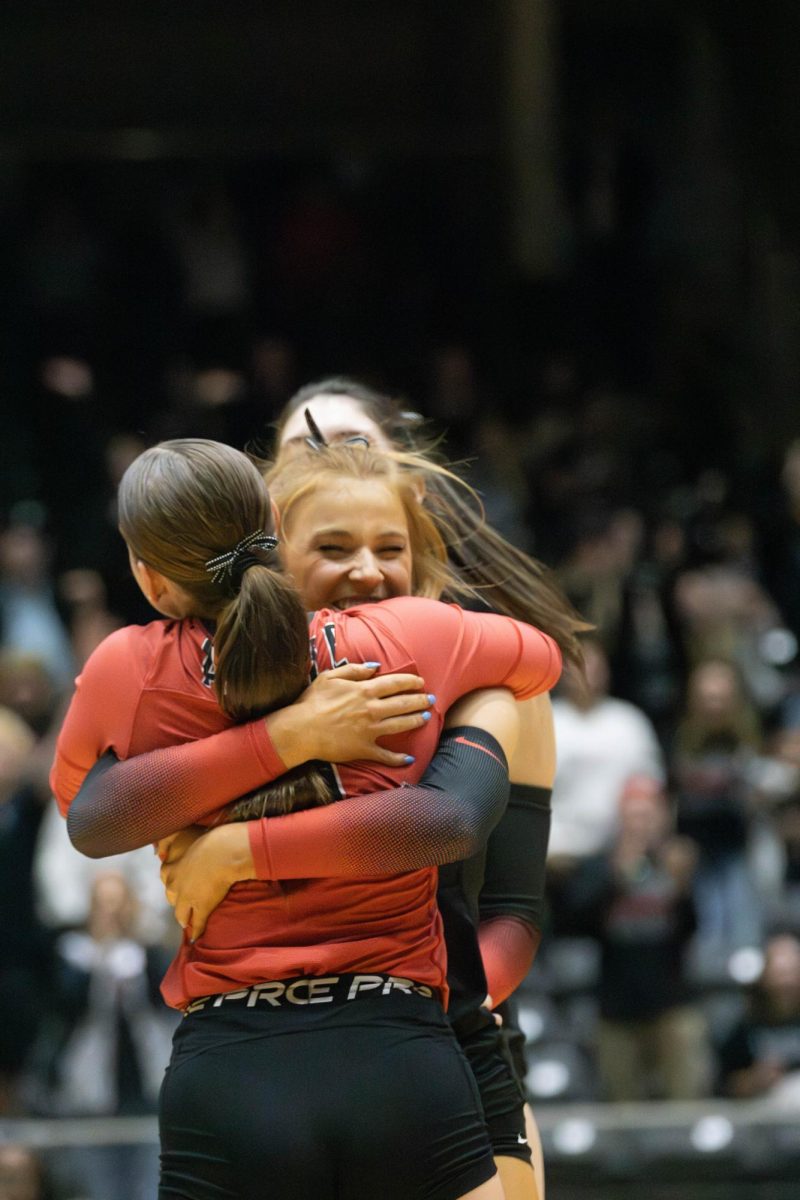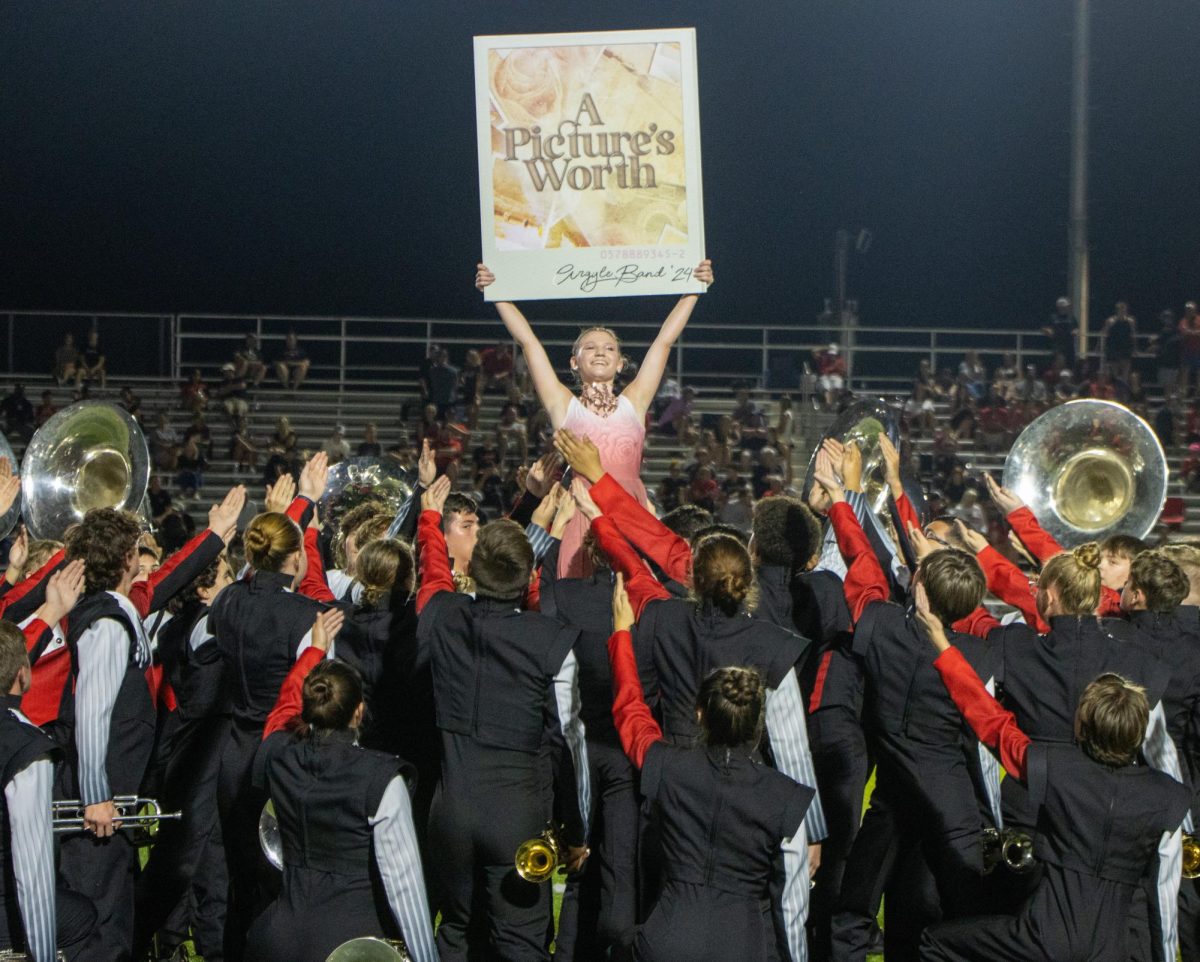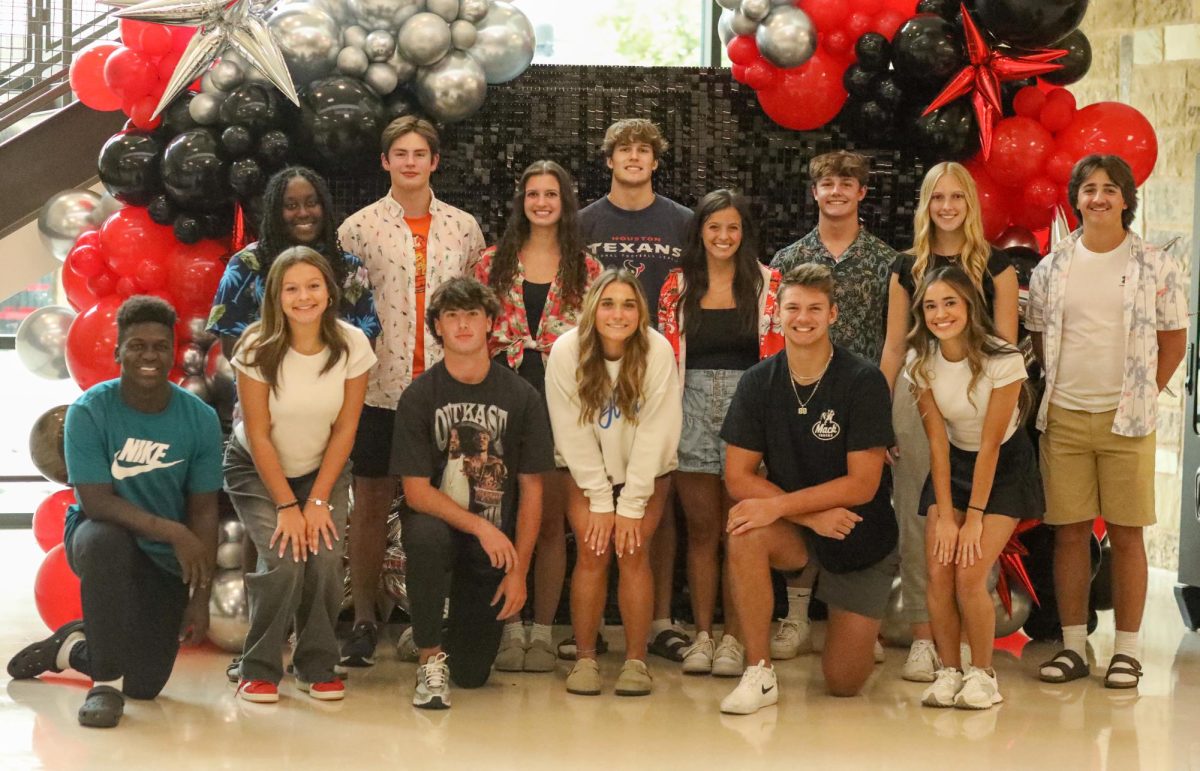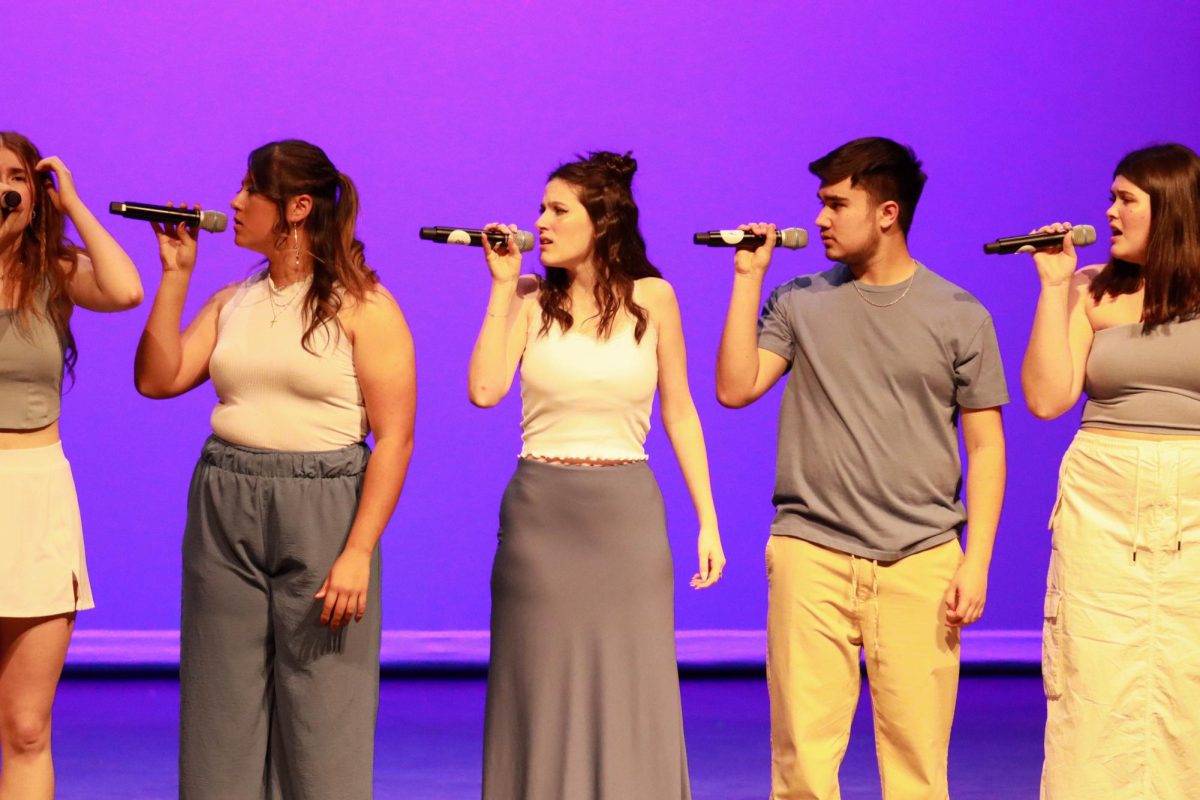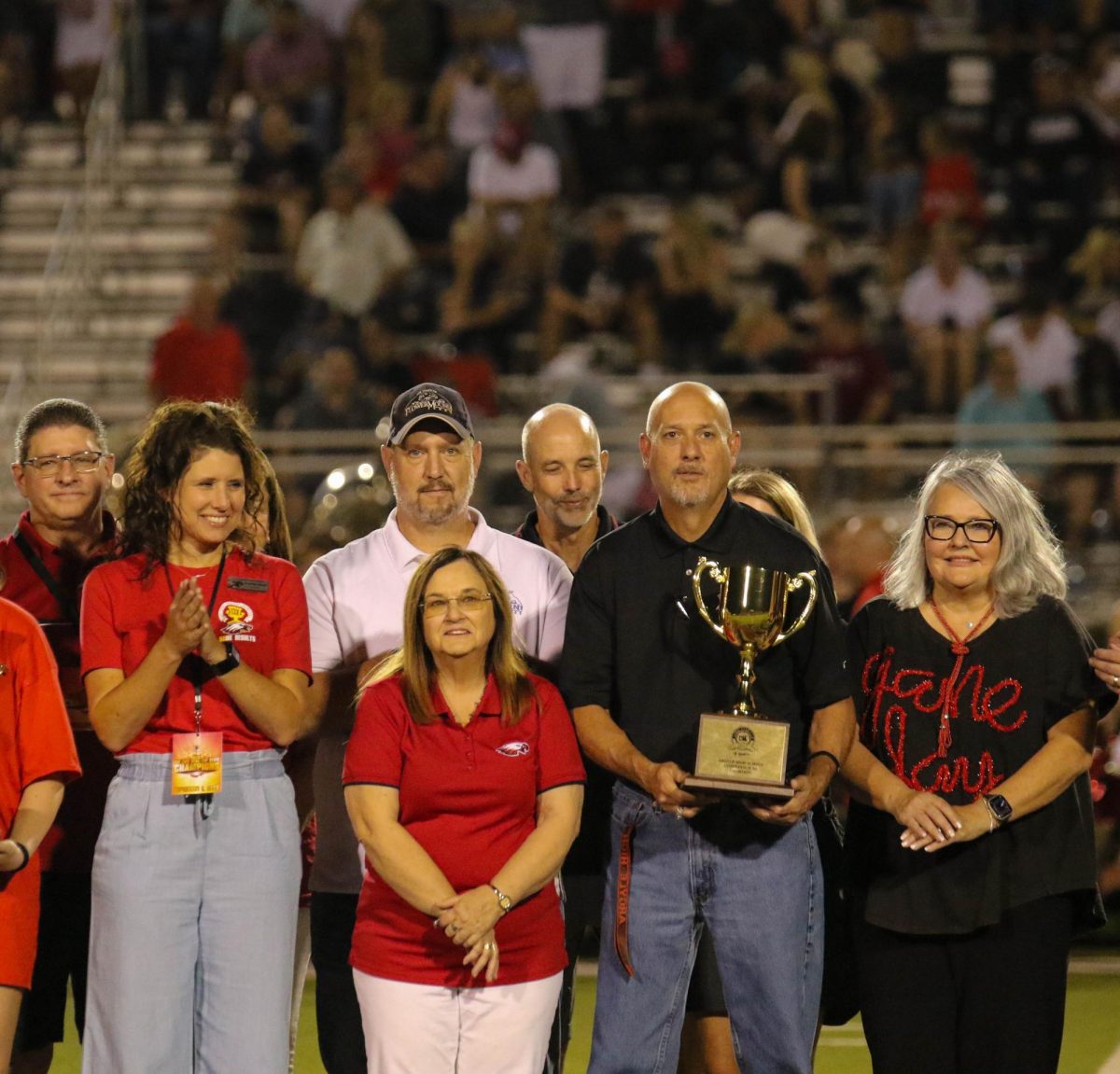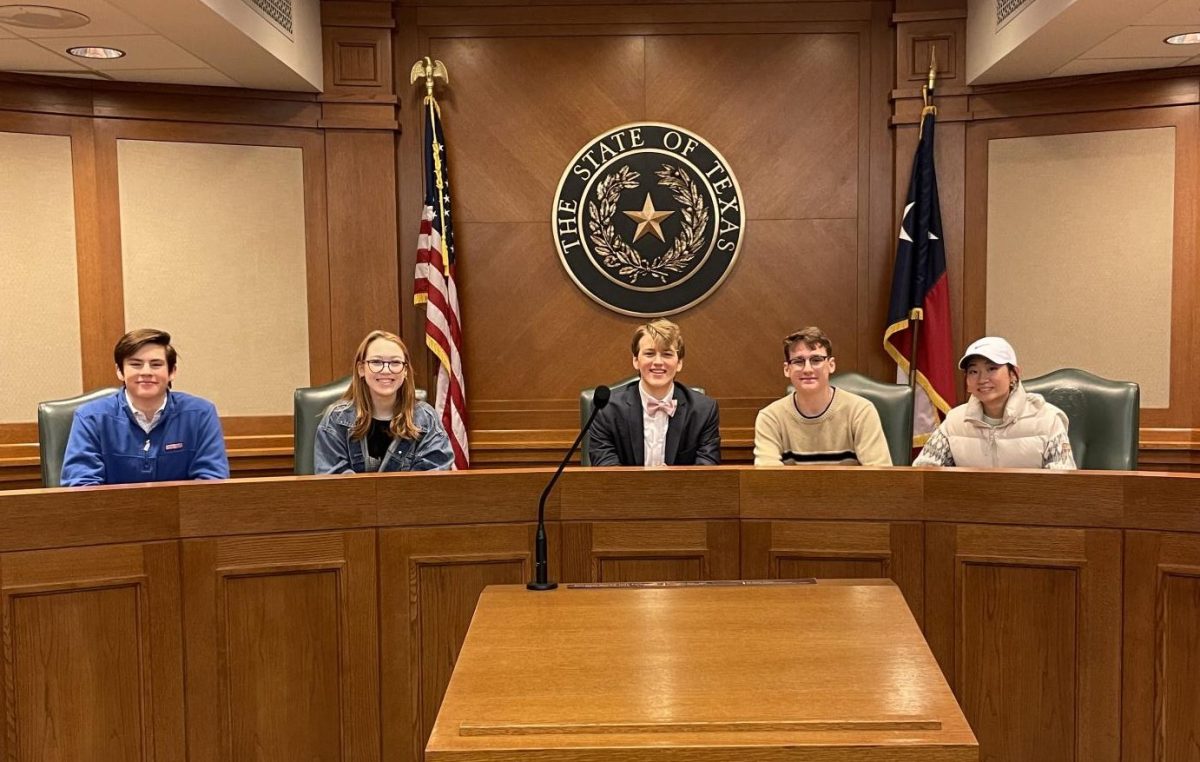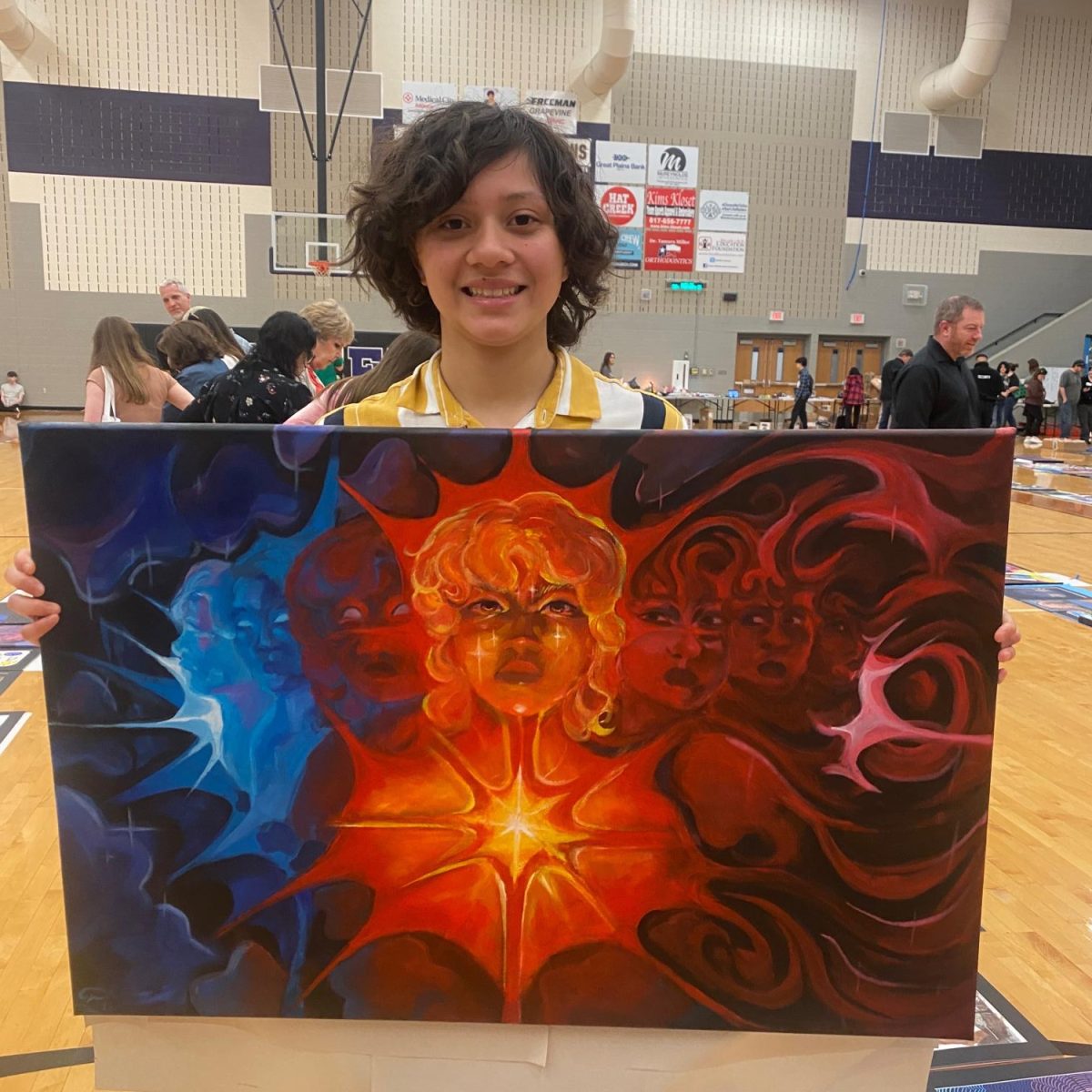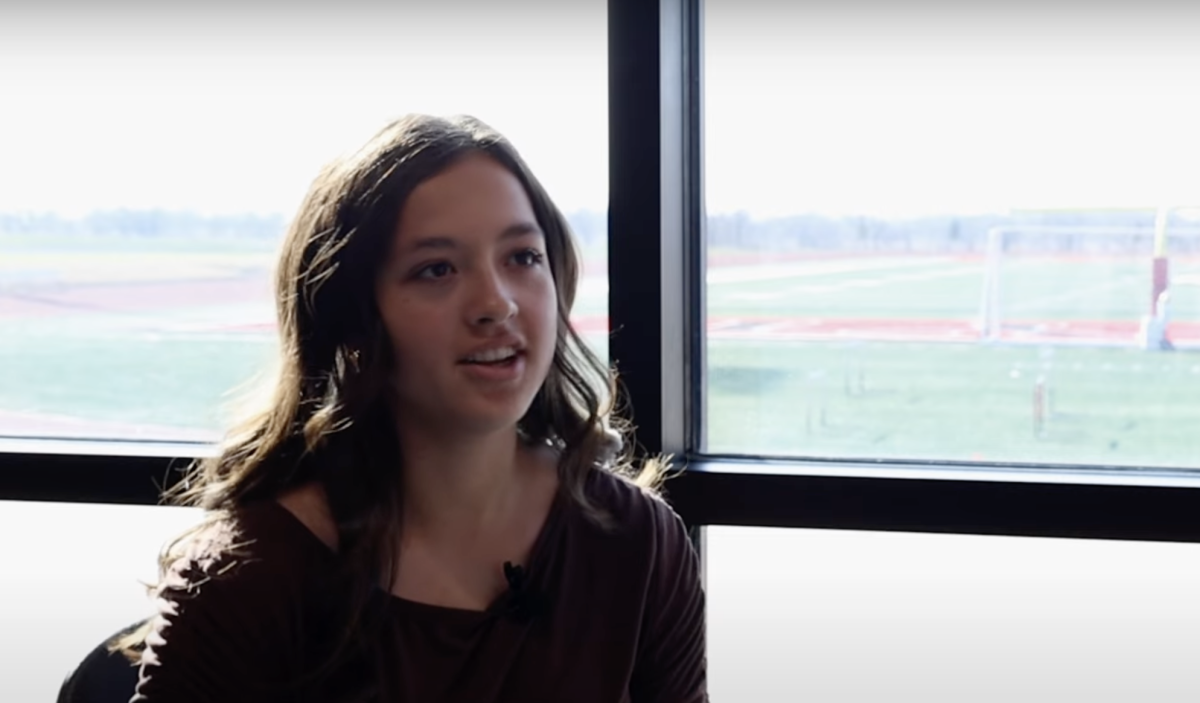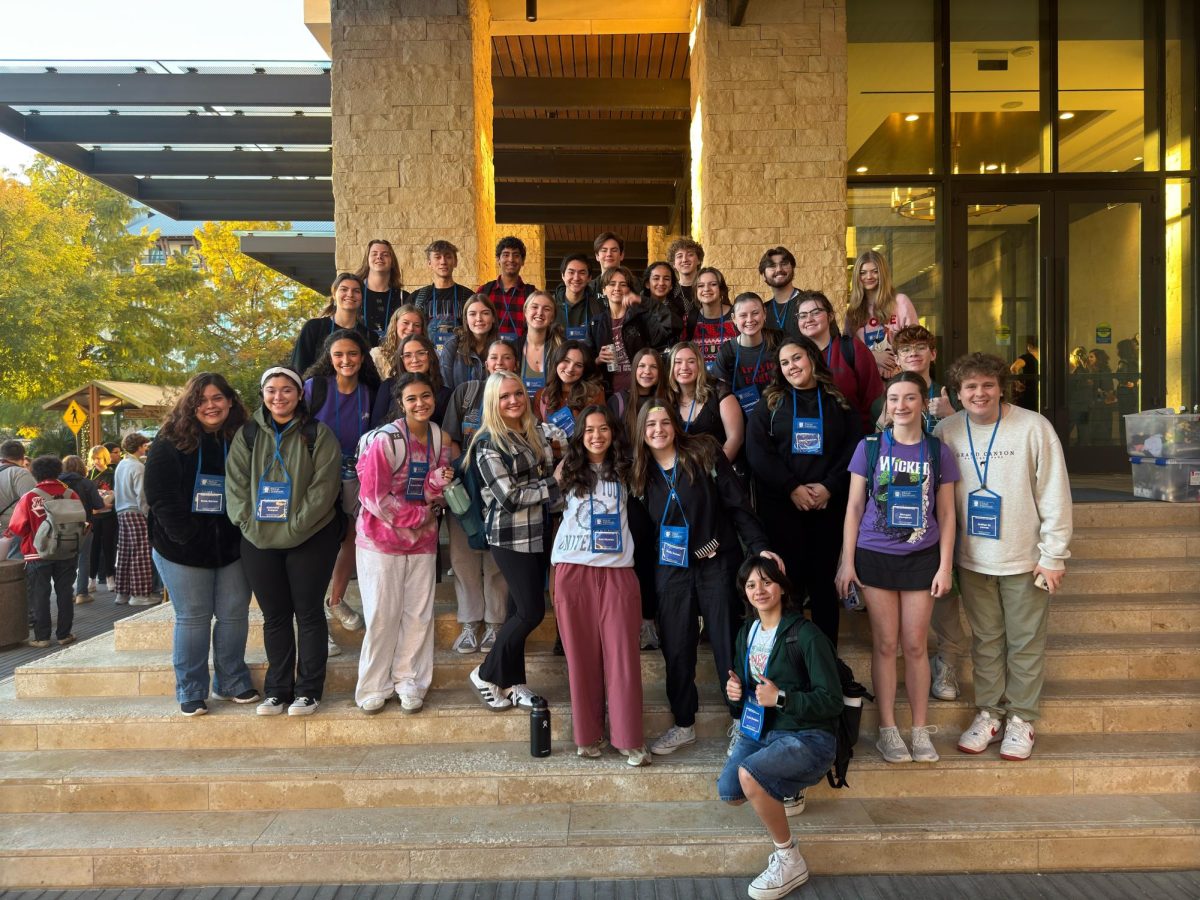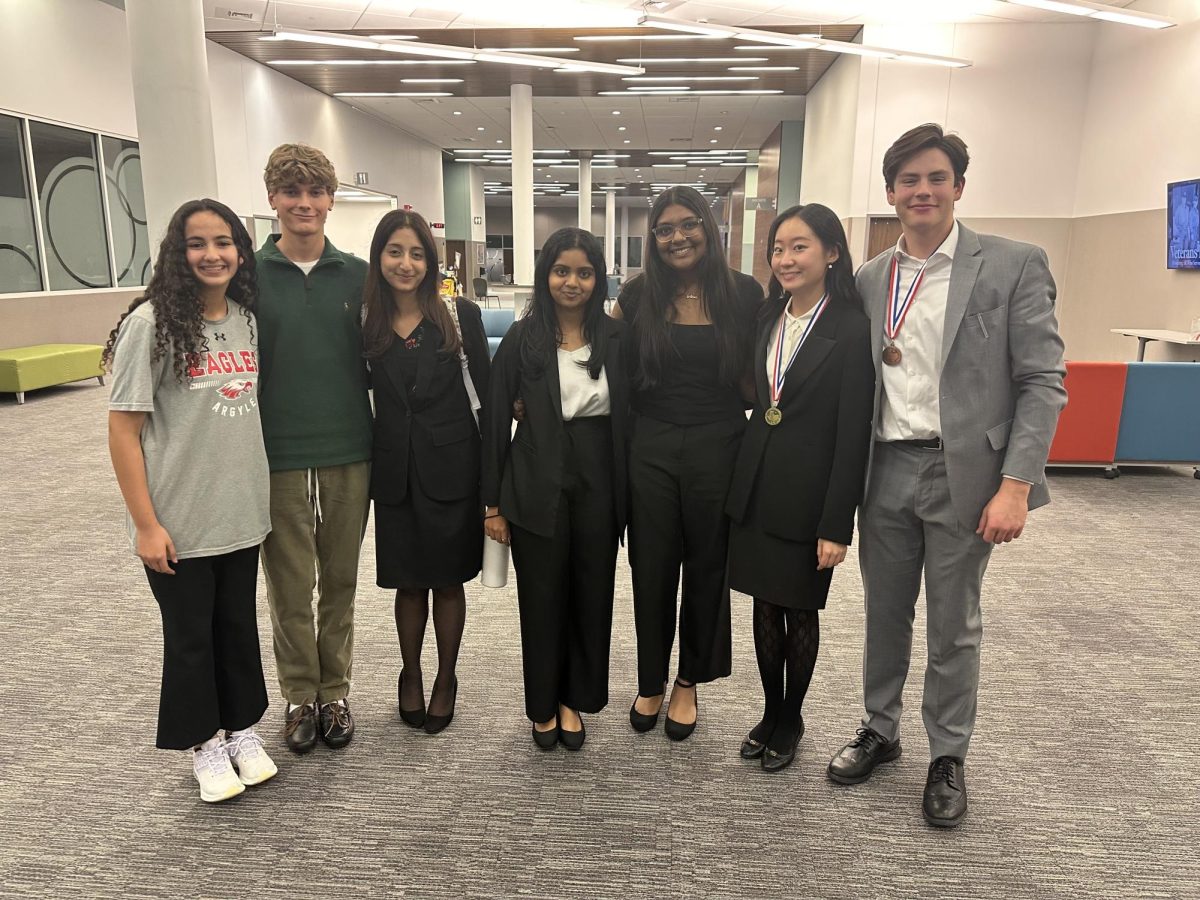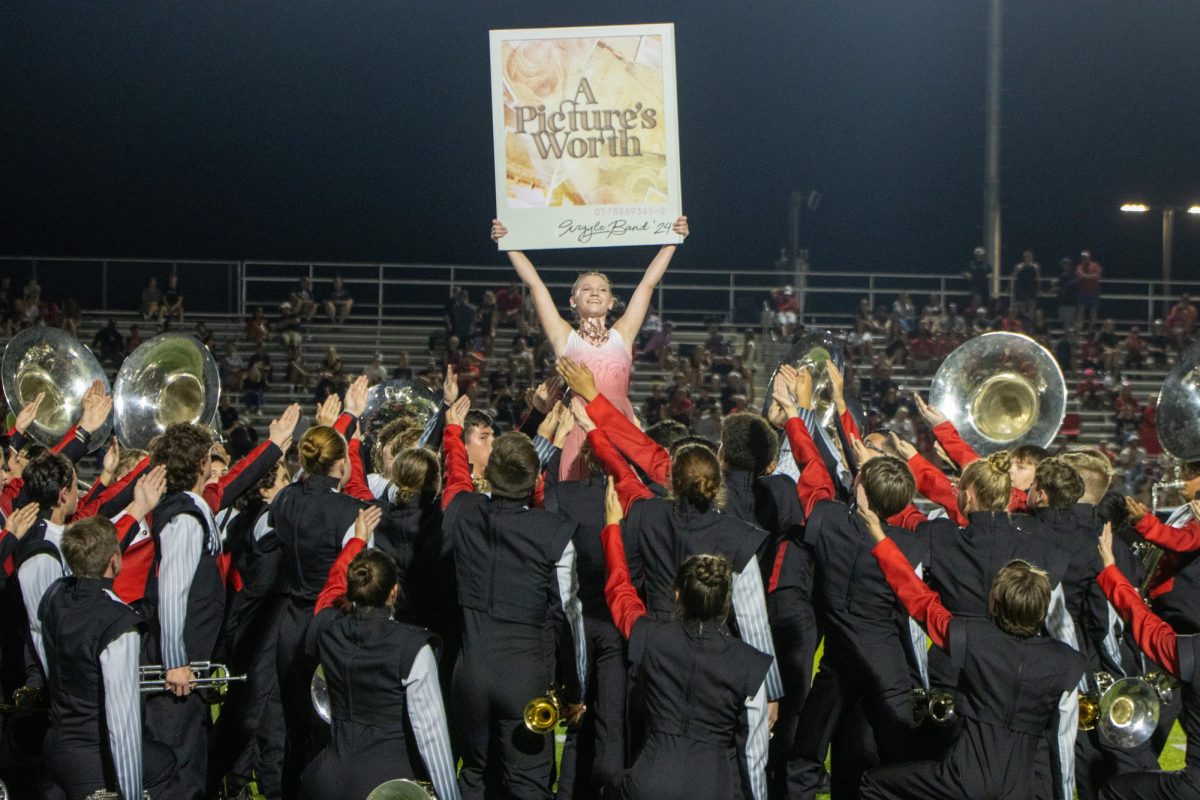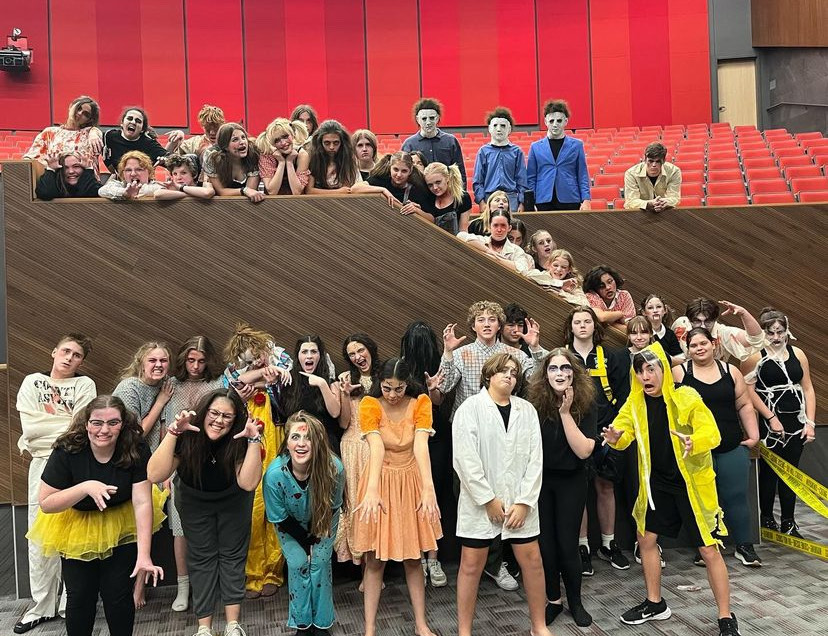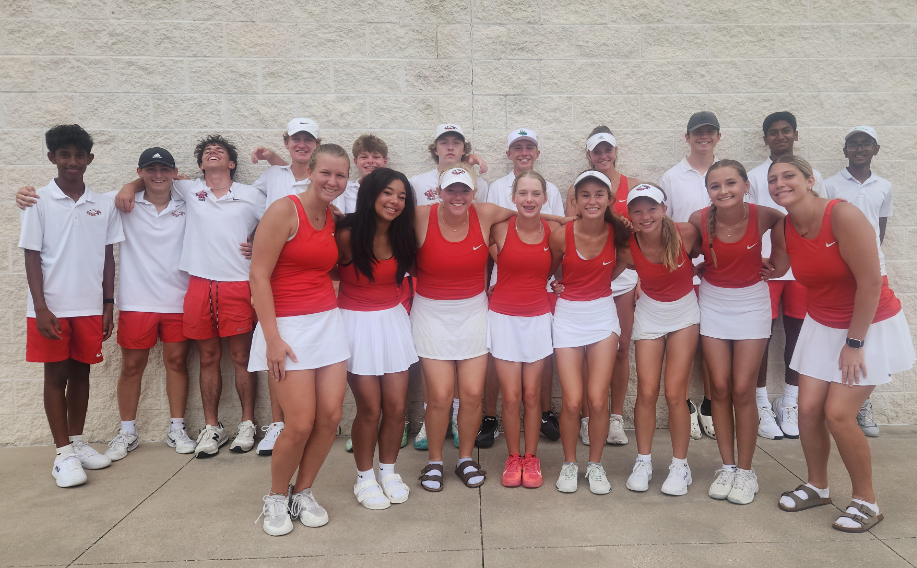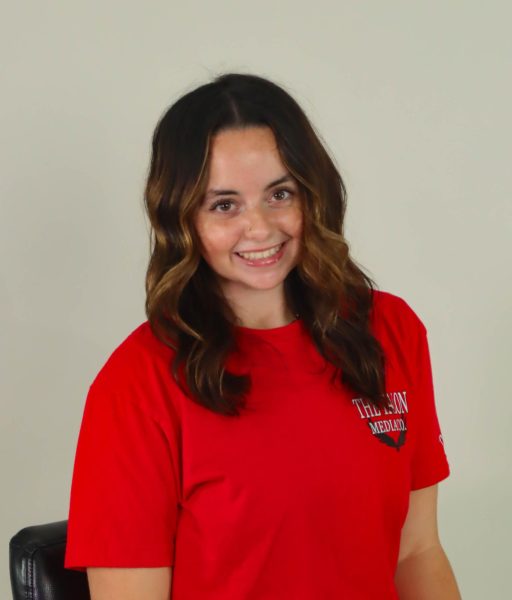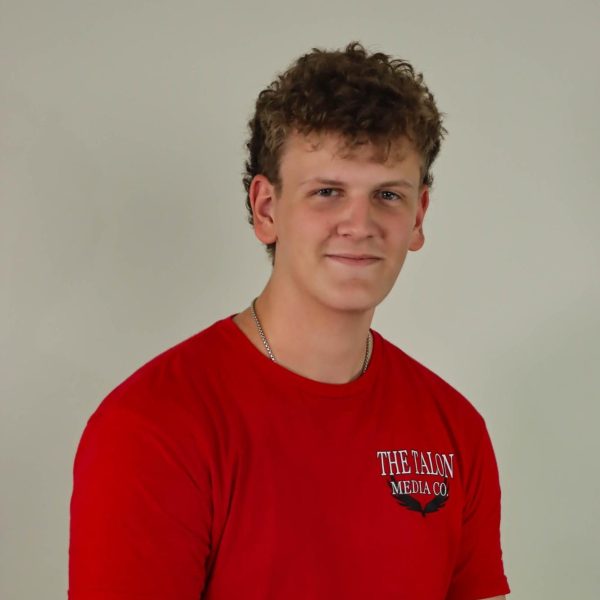When it comes to golf, everything is in the hips. So how does a golfer with a hip disability make their athletic career into something sustainable?
Ryan Purczynski, varsity golfer at Argyle High School for three years, has practically been a golfer since the moment she’d been walking, but has had one major struggle throughout her entire life. Ryan was born with hip dysplasia and has had to overcome this major challenge in order to continue her career as a golfer when she moves to college.
“The hardest physical challenge I’ve had to overcome in my career so far is being born with bilateral hip dysplasia,” she said. “And so after I was born, I was put in a brace for a long time and my left hip healed correctly, and my right hip didn’t. So I had to have surgery at thirteen months.”
Ryan’s mother was incredibly worried upon first learning of her daughter’s hip dysplasia.
“We had to go see an orthopedic,” Jennifer Pruszynski said. “And that was really the anxiety of ‘what does this mean for our child?’”
According to Brenda House, the clinical outpatient manager at Scoutship Hospital for Children, the milder cases of hip dysplasia don’t require anything but observation from the doctor. For the more severe cases, such as infants under the age of six months, they utilize a device called a Pavlik harness.
“That harness holds their hips in a flexed and out position, flexed and abducted. And what that does is that gets the ball in the socket with the most amount of coverage, and it holds it there and the babies wear the brace for 24 hours a day for usually six to eight weeks,” House said.
Ryan went through very similar treatment, though she did have to receive surgery around thirteen months.
After surgery, she was placed in a brace, causing her to develop slower than other children her age. Since then, her main form of treatment has been physical therapy, which she still goes to every two to three weeks.
“It was exciting to watch her run and do all the things that she did, but especially in golf, knowing that you rely heavily on the turning of the hips,” Ryan’s mom said.
When Ryan began to pursue athletics, it only sparked more worry for her mother. She was specifically concerned about Ryan’s early interest in gymnastics, due to the amount of flexibility that was involved, and very quickly cut Ryan off from that.
“For a golfer with hip dysplasia, I would think their biggest kind of limiting factor would be the amount of walking that’s required in golf,” House said.
Unlike gymnastics, Ryan did not have to give up her passion for golf due to her dysplasia, and has instead learned to persevere through this struggle, and she has found immense success because of it.
“My biggest success working through my injuries, like bilateral hip dysplasia and multiple wrist sprains, have been probably winning state my freshman year. And not only just winning state, but being the first freshman at Argyle for our girls’ program to even make it to state,” Ryan said.
Ryan hopes that people like her will know her story and be inspired by it, and she has a goal of motivating the people around her due to her own hardships. Her hope is already successful, with her mother having learned from Ryan’s determination.
“To learn something from your child, I think, is a foreign concept. I think as a parent you’re supposed to teach them, but I think, through the process and even today, I think I continue to learn from her,” Ryan’s mom said. “There’s a fight within her today still that I see. I’ve learned a lot from her and her strength.”
